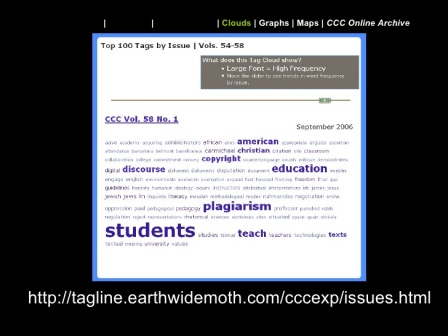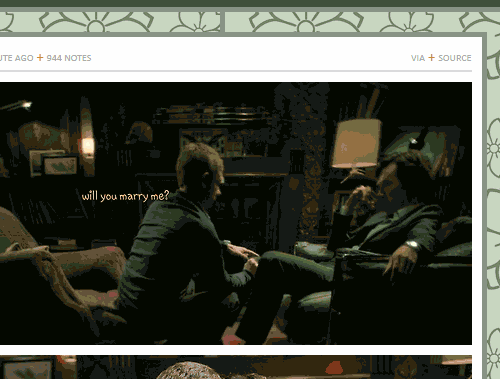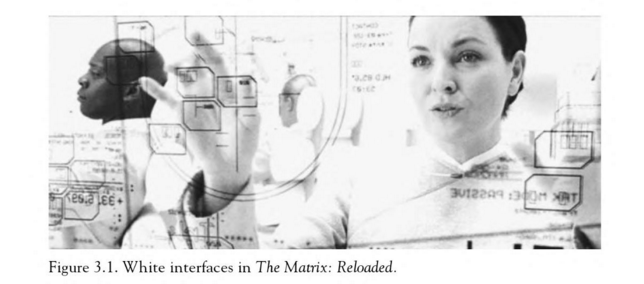Towards the end of Douglas Eyman’s discussion of digital research methods, an interesting comparison is drawn between data visualization and folksonomy. According to Eyman, data visualization is an “analytic technique in its own right” because it is “a method that can be used to structure data in ways that reveal patterns” (Eyman 109-10). Representing information via data visualization results in an infographic that is both visually appealing and informative. Through studying this image, patterns and relationships inherent in texts can be more immediately determined. One example of data visualization given by Eyman is the ‘tag cloud.’ These clouds can be “generated automatically by extracting the most common phrases from a given corpus […], or they can represent the tags that individuals apply to content in folksonomic systems” (Eyman 111). Eyman refers to Derek Mueller (his dissertation is represented via tag cloud) who uses frequency analysis to find which terms appear most frequently in issues of College Composition and Communication (Eyman 111). Through this analysis, the most frequently used words per issue can be included within the visualization of a tag cloud. Such a cloud permits a reader of the journal to view, at a glance, the main topics under consideration within that particular issue’s collection of essays.

I was interested here in Eyman’s suggestion that tag clouds can refer not only to commonly used phrases within a text but also to “content in folksonomic systems” (Eyman 111). This reminded me of an essay that I read last semester: “‘Folksonomy’ and the Restructuring of Writing Space” by Jodie Nicotra. In this essay, Nicotra considers the extent to which digital composition has changed the way that writing as a process can be defined. While writing has generally been understood as constituting a “discrete textual object”—a text written by an individual for a predetermined audience—this understanding of writing fails to account for the variety of compositions that are produced online or through other digital means (Nicotra 259). Therefore, Nicotra’s essay focuses on folksonomy, or “multi-user-tagging,” as a form of digital composition that permits “multiple, collective subjectivities to ‘write’” (Nicotra 260). Through attaching tags to digital texts, multiple online users can influence the ways that texts are catalogued (and thus the ease with which they are or are not found). Nicotra ultimately suggests that online writing through folksonomy can be conceived of as “the building of a space rather than the production of a text” because multiple users contribute to the composition (Nicotra 263). Through tagging, users can create a space not only for their writing but a community in which they want to be active participants.
This understanding of folksonomy as a space-building tool is particularly interesting to me in relation to Tumblr. As a blogging platform, users can attribute tags to their posts so that they can be more easily organized and catalogued (both in relation to their own blog and the blogging community at large). For example, tagging a post as being related to #education can organize similarly themed posts on a user’s individual blog as well as potentially allow the post to appear to any Tumblr user who searches for other #education posts via the site-wide search feature. This is the type of tagging that Eyman is talking about, insofar as these tags mark the main topics of a piece of writing and can thus be included in a cloud visualization demonstrating which topics a user talks about most frequently. However, tagging on Tumblr also functions beyond cataloguing and organization as a form of narrative text in itself.
Tumblr users who tag their posts are not restricted by single words or phrases; rather, tags can be full sentences or fragments that do not necessarily relate to a single specific topic. (While I believe that other blogging platforms also allow this freedom, I’m focusing on Tumblr because that is where I’ve seen this type of tagging occur most often.)

Therefore, bloggers can continue the narrative of their blog post within the text of the tags themselves. Once done, the tags will—theme permitting—appear in a smaller or lighter colored font either below or next to the original post. On themes that don’t display tags on the page, tags are only visible to users who come across the post on their dashboard or ‘like’ the post and then read the post within their on-dashboard log of liked posts. I think there is something to be said about this type of tagging as a specific rhetorical decision in that the text of tags is (at least relatively) more hidden than the main text of a post. There is a possibility that certain users (particularly readers without Tumblr accounts and access to the dashboard) might miss this aspect of the composition. In this way, tagging on Tumblr becomes somewhat akin to speaking more quietly about a topic (especially given that the type of information usually given in tags can be generally understood as commentary or additional reflections about the text written in the main post). Tagged writing can be somewhat more difficult to access, and therefore gives the writer an increased level of freedom to broach certain topics insofar as the tags are supplementary to the main text.
However, seemingly personal tags—personal insofar as they refer explicitly to a personal anecdote—sometimes get adopted and adapted by other users on their own blogs. Or, conversely, users can reblog the original text of another user’s post and add their own commentary through tagging. In this way, tagging becomes what Nicotra has called a “[tool] for invention” (Nicotra 272). While in traditional rhetoric invention is envisioned as occurring “in the mind of the rhetorical producer,” invention through tagging “results from interaction between multiple users who are unknown to one another” (272). Conversation between users can therefore occur through folksonomy, even if only through adoption of or addition to tags.
This interests me also because I wonder whether tagging—understood as an extension of narrative rather than as a means of categorization—could be incorporated into data visualization. While it certainly could be organized into a tag cloud, the effect of such a visualization would likely not permit a viewer to have a more immediate understanding of the types of topics occupying the blog. Regardless, I think that considering folksonomy as a form of writing is beneficial because it gives a great deal of agency to the online writer and contributes to the idea of online community. Studying online writing in relation to the use of tags would potentially allow for a better understanding of how writers envision (or don’t envision) themselves as entering a conversation when they create digital media.
Sources
Eyman, Douglas. “Digital Rhetoric: Method.” Digital Rhetoric: Theory, Method, Practice. University of Michigan Press: Ann Arbor, 2015. 93-111. Print.
Nicotra, Jodie. “‘Folksonomy’ and the Restructuring of Writing Space.” College Composition and Communication 61.1 (September 2009): 259-276. Web.









